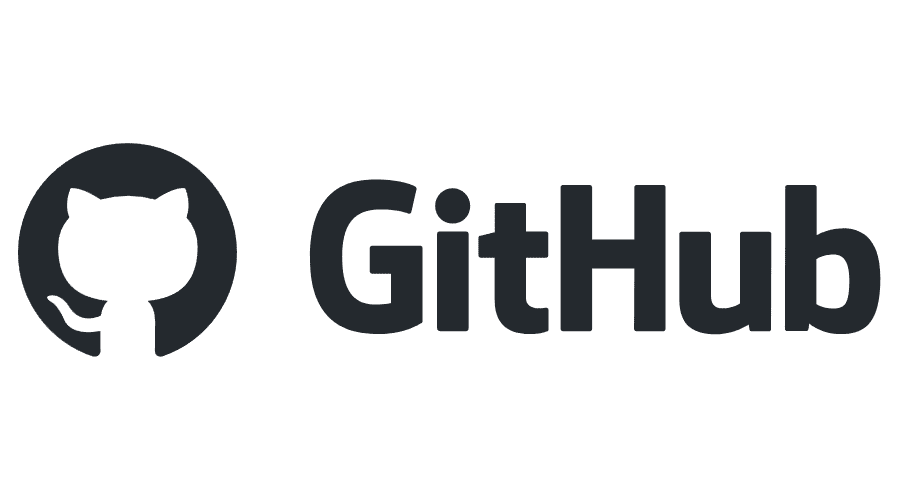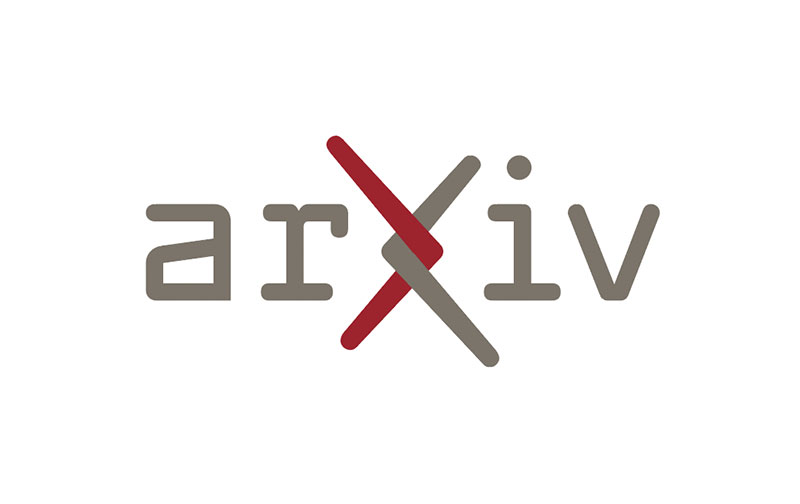DeepSeek AI Chat Online Free
Experience the power of DeepSeek – a free AI chatbot rivaling GPT-4 – with zero hassle. Get coding help, content creation, and answers in seconds, no login or installation needed.
At Deep-Seek.chat, we give you direct access to the latest DeepSeek AI models through a fast, browser-based chat interface. Start chatting now to leverage a cutting-edge AI assistant for your projects, questions, or business needs – all without limits or costs.
What is DeepSeek?
DeepSeek is a breakthrough open-source AI chatbot platform that has quickly gained international recognition for its GPT-4-level capabilities. Developed by a Chinese AI startup in 2023, DeepSeek delivers free AI-powered chat and coding assistance to users worldwide, making advanced AI accessible to all.
Why is DeepSeek special? It offers a versatile AI assistant that competes with top-tier models like OpenAI’s GPT-4 in both intelligence and efficiency. In fact, the flagship DeepSeek-R1 model matches the performance of leading AI systems – but was created at a fraction of the cost and is open-source. The companion DeepSeek-V3 model (built with an innovative Mixture-of-Experts architecture) also demonstrates outstanding results in real-world tasks, from natural language understanding to code generation.
We’ve personally tested DeepSeek R1 and V3 across coding challenges, writing prompts, and even multilingual conversations. The results? Impressively accurate, fast, and reliable outputs that rival more expensive proprietary systems. This hands-on experience is why we launched Deep-Seek.chat – to let everyone try this powerful AI for free, with no sign-up and no barriers. Whether you’re a developer debugging code, a student doing research, or a business professional looking for AI assistance, DeepSeek Chat can elevate your work.

Learn More
GitHub Repository
Explore the source code of DeepSeek models and contribute directly via GitHub.
Hugging Face
Try the open-source DeepSeek models instantly on Hugging Face with no setup required.
ArXiv
Dive into the technical architecture and training methods behind DeepSeek AI in the official academic paper.
Key Features and Benefits
DeepSeek stands out for its robust set of features designed for individuals, developers, and enterprises:
- Instant, Free AI Chat: Chat with DeepSeek’s AI assistant without any sign-up or installation. Simply open the website and start your conversation.
- Multilingual Support: DeepSeek can understand and respond in multiple languages, making it accessible to a global audience.
- Coding Assistance: The platform offers intelligent help with programming, code review, and optimization, streamlining development workflows.
- Enterprise Solutions: DeepSeek provides scalable AI tools for businesses, including real-time processing, automation, and custom integrations.
- Open-Source Accessibility: DeepSeek’s technology is open-source, allowing developers to build upon and adapt its models for their own needs.
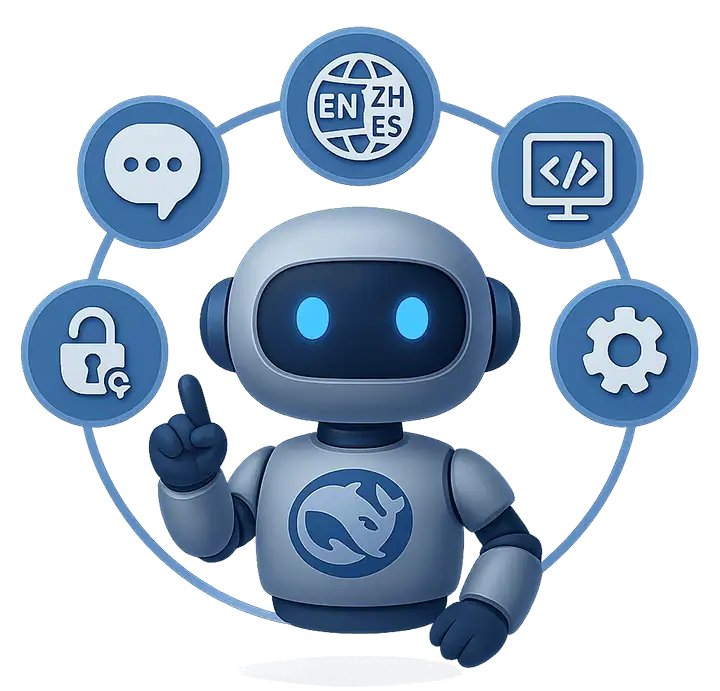
We’ve spent weeks comparing DeepSeek with models like ChatGPT and Claude — and built this page to highlight where it truly shines.
The Technology Behind DeepSeek
At the heart of DeepSeek is a cutting-edge AI architecture that has shaken up the industry. The DeepSeek-R1 model made headlines for matching the prowess of GPT-4-class models while being dramatically more efficient. How? DeepSeek’s team optimized training with clever techniques (like Mixture-of-Experts layers) and utilized a blend of high-performance and commodity hardware to keep costs low. The result is an AI that’s both powerful and cost-effective.
What does this mean for you as a user? Fast responses and up-to-date knowledge. DeepSeek’s models were trained on vast datasets and continue to be improved. And because DeepSeek is open-source, its technology is transparent and continuously enhanced by a community of researchers and developers. This collaborative evolution ensures you’re chatting with an AI that’s state-of-the-art.
(Example: DeepSeek R1 was reportedly trained for only around $6 million, versus hundreds of millions for similar models – yet it achieves comparable performance. That efficiency is passed on to users as free access.)
Latest Update DeepSeek-R1-0528 Released in May 2025, marks a major milestone in the evolution of DeepSeek AI. Designed to rival GPT-4-class models, this update pushes the boundaries of open-source AI — combining top-tier performance with efficient architecture and public availability.

DeepSeek’s Impact and Reception
Since its launch, DeepSeek has rapidly become one of the most popular AI chatbots in the world. In early 2025, it rocketed to the #1 spot on app download charts in over 150 countries, amassing over 20 million daily users. This unprecedented growth signaled that advanced AI tech is no longer confined to big US companies – a startup can innovate and reach a global audience.
Media coverage: DeepSeek’s rise has been extensively covered by international media and tech analysts. It has been described as a “game-changer” that prompted industry giants to take notice. For example, news outlets reported that after DeepSeek R1’s release, Nvidia’s stock even took a brief dip – a sign of how seriously the tech world is watching efficient AI alternatives. Policymakers and experts have also debated what DeepSeek’s success means for the global AI landscape, especially in the context of U.S. vs. China tech competition.
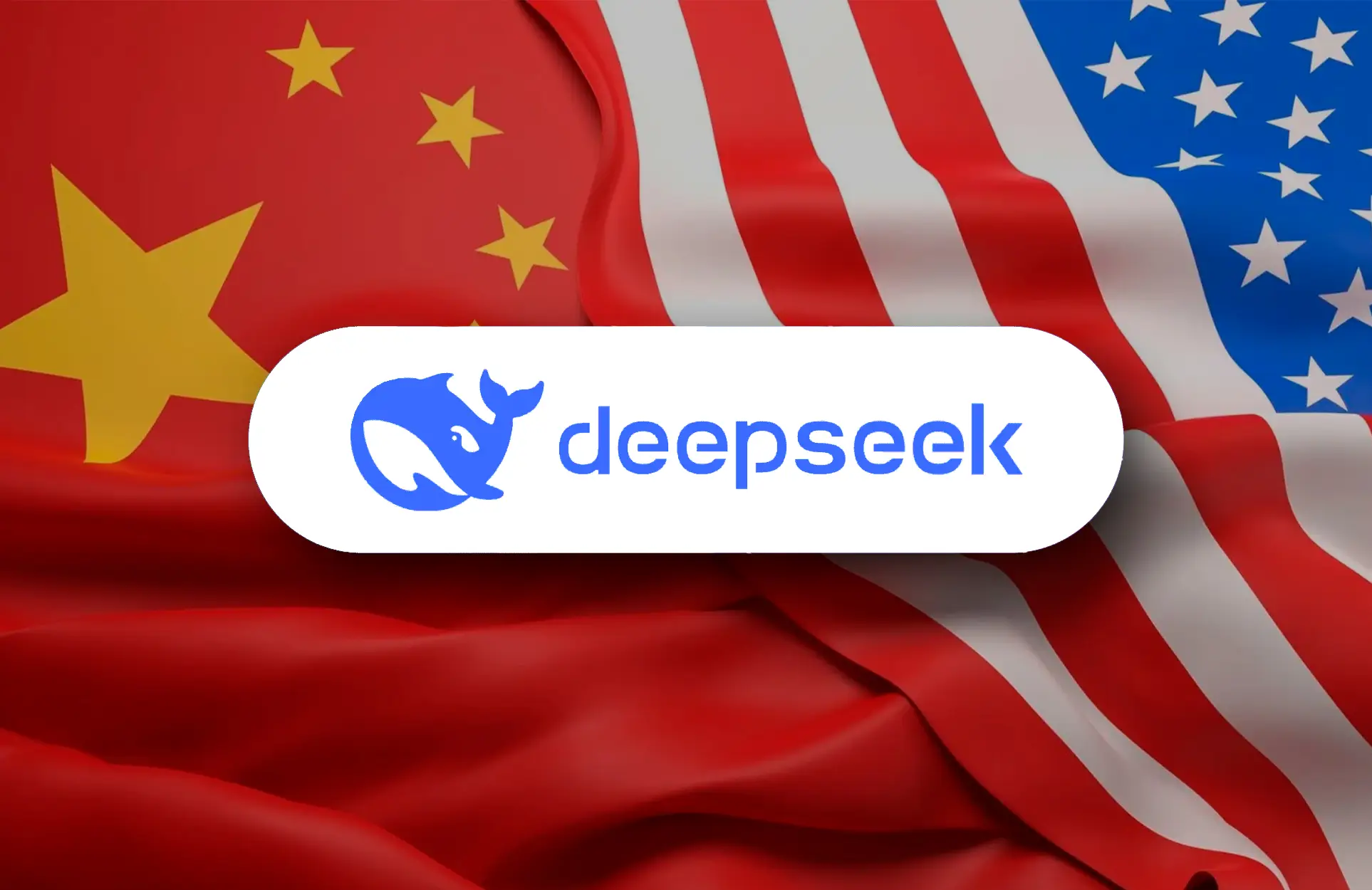
Why this matters to you: DeepSeek isn’t just a flash in the pan – it’s a proven AI platform with a growing community. By using DeepSeek Chat, you’re tapping into an AI that’s battle-tested and widely adopted, with the confidence that it will continue to improve and expand its capabilities.

Who Founded DeepSeek?
DeepSeek was founded in December 2023 by Liang Wenfeng, a graduate of Zhejiang University with backgrounds in electronic information engineering, computer science, and quantitative finance. Before DeepSeek, Liang led High-Flyer, a hedge fund that uses AI for financial analysis and trading. His vision for DeepSeek is to drive innovation and make advanced AI accessible and affordable worldwide.
Trust, Privacy, and Safety Considerations
We value transparency. DeepSeek is developed in China, and as such the official system has to align with certain local regulations (for example, avoiding politically sensitive topics). Our Deep-Seek.chat platform connects you to DeepSeek’s AI while abiding by those model safeguards. We want users to be aware that conversations are processed on servers in China where DeepSeek’s models run. While millions have used DeepSeek safely, we recommend caution for any extremely sensitive or confidential information, as you would with any online AI service.
On our side, we do not require any personal account or login to use the service. That means we don’t collect personal data just to let you chat. You can enjoy anonymity and privacy – no email, phone, or account needed.
In short, we aim to make AI access as secure and private as possible for our users. If you have questions or concerns, feel free to check our detailed FAQ or contact us – we’re here to help and be transparent.
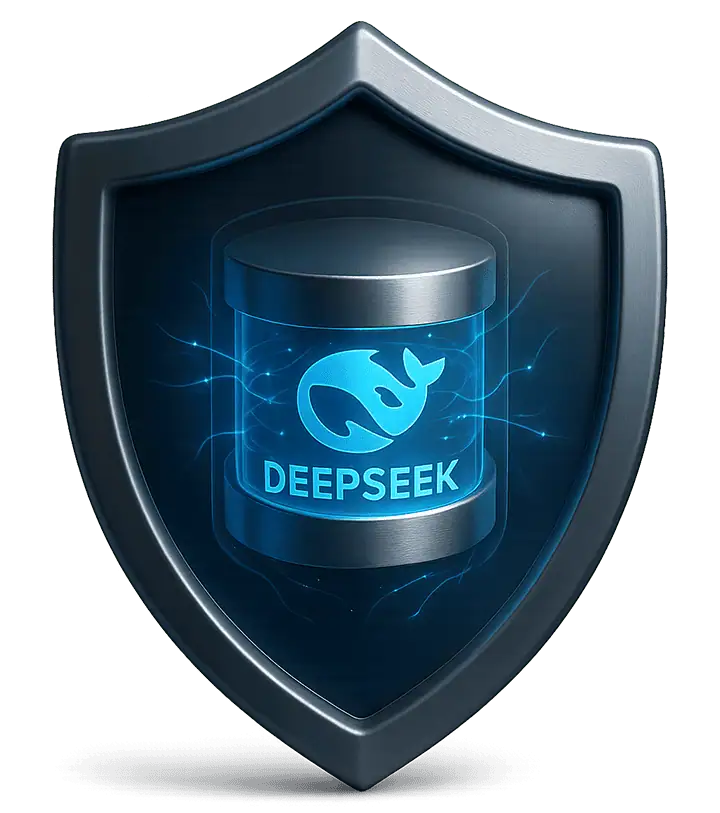
Challenges and Limitations of DeepSeek
While DeepSeek has emerged as a powerful and accessible AI platform, it faces several notable challenges and limitations that shape its growth and global adoption.
Compute Resource Gap
DeepSeek operates at a significant computational disadvantage compared to major US-based AI companies. Due to export controls and limited access to the latest high-performance chips, DeepSeek must rely on less advanced hardware. This compute gap can slow model development, restrict scalability, and make it harder to compete with companies that have greater resources at their disposal.
Building Trust and Market Recognition
As a newcomer in the international AI market, DeepSeek must work to establish trust and credibility. Many users are more familiar with established brands like OpenAI and Google, making it challenging for DeepSeek to gain recognition and overcome skepticism. Demonstrating consistent reliability and high performance is essential for DeepSeek to build a loyal user base and stand out in a crowded field.
Intense Competitive Pressure
The AI industry evolves rapidly, with leading companies frequently launching new models and features. DeepSeek faces constant pressure to innovate and differentiate its offerings. Staying ahead requires ongoing investment in research and development, as well as the agility to respond quickly to market trends and technological advances.
Regulatory and Censorship Constraints
DeepSeek’s models are developed in alignment with Chinese regulatory requirements, including content censorship. This can limit the platform’s appeal in countries that prioritize freedom of expression, potentially restricting its international adoption. Users seeking open and unbiased AI solutions may view these limitations as a significant drawback.
By understanding these challenges, users can make informed decisions about how DeepSeek fits their needs and expectations in the evolving AI landscape.
How to Get Started with DeepSeek Chat
It’s incredibly easy to start using DeepSeek on our site:
- Open DeepSeek.
- Select a Model – Choose from the available DeepSeek AI models (e.g., DeepSeek V3, DeepSeek R1) in the dropdown, or just use the default recommended model.
- Ask Anything – Type your message or question in the chat box. You can be casual (“Tell me a joke”) or work-related (“Help me draft a project update email”). For coding queries, feel free to paste code snippets – DeepSeek can handle them.
- Review and Refine – DeepSeek will respond within seconds. If you need more detail or a different angle, you can ask follow-up questions. It’s an interactive, conversational experience.
- Explore More – Check out our FAQ page for tips, or the About section to learn how we built this platform.
That’s it – no app install, no signup forms. Just you and an AI assistant ready to help.
Frequently Asked Questions
Is DeepSeek safe?
Yes, DeepSeek is designed with safety and data privacy as top priorities. It employs robust encryption protocols (HTTPS/TLS) to secure your data in transit, and stores information securely using industry-standard encryption methods. Additionally, as an open-source AI platform, DeepSeek allows full transparency and control over your data and infrastructure, enabling you to self-host the model if needed, ensuring even greater security and compliance.
Is DeepSeek really free to use?
Yes – 100% free for the basic usage on our site. You can have unlimited chats without paying a cent and without creating an account. We do offer optional paid plans for power users who need things like higher rate limits, but the core chat functionality remains free for everyone.
What model does DeepSeek use?
DeepSeek is powered by its own proprietary large language model called DeepSeek-R1. It’s designed to deliver GPT-4-level performance, supporting multilingual tasks including code generation, content writing, and smart reasoning. Unlike models like GPT-3.5, DeepSeek-R1 is open-source and optimized for speed, context understanding, and real-time interaction.
Do I need to install anything (browser extension, app) to use DeepSeek Chat?
Not at all. Our platform works right in your browser (Chrome, Firefox, Safari, Edge, you name it). Just go to our site and start chatting – no downloads or extensions needed. It also works great on mobile browsers, so you can use DeepSeek on the go without an official app.
Is this the official DeepSeek website or service?
No – we are fans and developers who created Deep-Seek.chat to make DeepSeek more accessible. We are not affiliated with the official DeepSeek company. Think of this as a friendly third-party gateway: we connect you to the DeepSeek AI model in a user-friendly way. The official DeepSeek website is deepseek.com, and they also have an app. We just provide an alternative, convenience-focused interface (with no login requirements).
What are the limitations of DeepSeek?
DeepSeek is very advanced, but like any AI model it may sometimes give incorrect or nonsensical answers (especially on obscure topics or if prompts are unclear). It also avoids certain sensitive topics due to content restrictions. We encourage users to verify critical information and use their judgment. If you hit an answer you think is wrong or problematic, feel free to rephrase your question or ask for clarification – the AI often improves with a bit of guidance.
Does DeepSeek save or remember conversations?
No, DeepSeek does not retain or remember user conversations across sessions. Each chat is stateless and private. Once you close the session or refresh the page, your previous interactions are not stored, ensuring a high level of privacy and data security.
🔍 For more FAQs check out our FAQ page or About Us section.
Real Users, Real Results
Join a growing community of professionals, students, and enthusiasts who use DeepSeek Chat every day:
“I use DeepSeek to generate quick responses for customer support tickets. It’s fast, helpful, and super accurate.”
Sarah M.Customer Service Specialist 🇺🇸
⭐⭐⭐⭐⭐
“As a solo entrepreneur, DeepSeek chat helps me write clean, professional emails for clients and suppliers in less time.”
Tom B.Freelance Consultant 🇦🇺
⭐⭐⭐⭐⭐
“DeepSeek me ayuda a redactar contenidos en español neutro para redes sociales y blogs. Es mi asistente diario.”
Laura G.Social Media Manager 🇪🇸
⭐⭐⭐⭐⭐
“I use DeepSeek chat to brainstorm ideas for business plans and pitch decks. It’s perfect for multilingual environments.”
Julien D.Startup Advisor 🇧🇪
⭐⭐⭐⭐⭐
“DeepSeek is part of our internal training tools. Our support agents use it to learn better ways to communicate with clients.”
Omar K.Customer Experience Manager 🇦🇪
⭐⭐⭐⭐⭐
“DeepSeek helps me create SEO-friendly blog drafts faster than ever. Great tool for content writers and marketers.”
Emily R.Content Strategist 🇨🇦
⭐⭐⭐⭐⭐
“I discovered this on Reddit and it’s been my go-to AI ever since. Clean and simple.”
Arjun M.AI Hobbyist 🇮🇳
⭐⭐⭐⭐⭐
“Perfect for quick prompts on the go. Deep-Seek.chat saves me time every day.”
Emily T.Marketing Student 🇺🇸
⭐⭐⭐⭐⭐
“Super fast and no login needed. I’ve tried many AI tools — this one just works.”
James W.Developer 🇬🇧
⭐⭐⭐⭐⭐
DeepSeek is changing the AI landscape by offering world-class AI chat and coding assistance for free. At Deep-Seek.chat, our mission is to make this technology accessible to everyone in a convenient way. After trying countless AI tools, we fell in love with DeepSeek’s performance – and we think you will too once you give it a try.
Ready to experience the future of AI chat? Start your first conversation with DeepSeek below and see how it can help you code faster, write better, and learn more – all at no cost.
